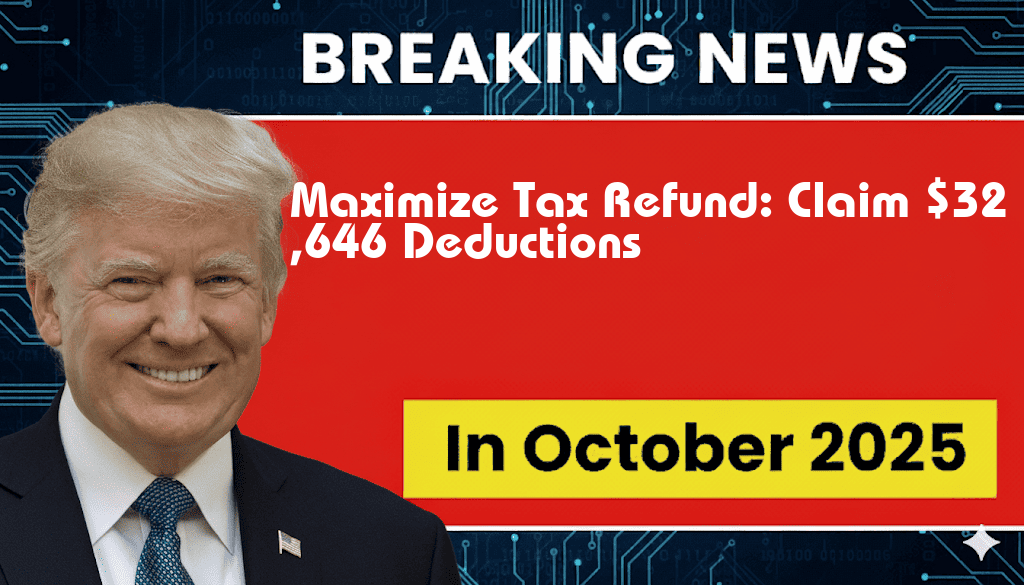

The Alternative Minimum Tax (AMT) has long posed a challenge for taxpayers, particularly single filers navigating their annual returns. For the 2023 tax year, the AMT exemption for single filers has been set at $88,100, a significant increase aimed at alleviating the tax burden for many. This adjustment is expected to affect a wide range of taxpayers, especially those with moderate to high incomes. But how exactly will this change impact your tax situation? Understanding the implications of the AMT exemption can help single filers make informed financial decisions and potentially save money on their tax obligations.
Understanding the AMT and Its Relevance
The AMT was established in the 1960s to ensure that high-income individuals pay a minimum amount of tax, regardless of deductions and credits that might otherwise reduce their liability. It operates parallel to the regular income tax system but has its own set of rules and exemptions.
Who is Affected by the AMT?
While the AMT was initially designed to target affluent taxpayers, it can also impact middle-income earners, particularly those in high-tax states or those who benefit from certain deductions. The increase in the exemption for single filers is a response to the growing number of taxpayers facing the AMT.
2023 AMT Exemption Details
| Filing Status | AMT Exemption Amount |
|---|---|
| Single Filers | $88,100 |
| Married Filing Jointly | $176,200 |
| Married Filing Separately | $88,100 |
Impact on Tax Liabilities
The exemption effectively increases the income threshold for single filers before the AMT kicks in. For 2023, if your income exceeds $88,100, you may need to calculate both your regular tax and the AMT to determine which amount is higher. This could lead to significant tax savings for those who would have previously fallen under the AMT.
Key Factors Influencing AMT Calculations
- Income Level: Your total income plays a crucial role in determining if the AMT applies.
- Deductions: Certain deductions, such as state and local taxes, are not allowed under the AMT, which can increase taxable income.
- Exemption Phase-Out: For single filers with incomes above $539,900, the AMT exemption begins to phase out, reducing the benefit.
Strategies for Single Filers
To mitigate the impact of the AMT, single filers can adopt several strategies:
- Tax Planning: Consider timing your income and deductions to minimize exposure to the AMT.
- Investment Decisions: Evaluate how capital gains and losses affect your overall tax liability.
- Consultation with Professionals: Engaging a tax advisor can provide personalized strategies that align with your financial situation.
Conclusion
The increase of the AMT exemption to $88,100 for single filers in 2023 is a welcome change for many taxpayers, offering potential relief from the complexities of the AMT system. By understanding how this exemption works and employing effective tax strategies, single filers can navigate their tax obligations more efficiently. For more information on the AMT and its implications, you can refer to resources from [Forbes](https://www.forbes.com) and [Wikipedia](https://en.wikipedia.org/wiki/Alternative_minimum_tax).
Frequently Asked Questions
What is the AMT exemption for single filers?
The AMT exemption for single filers is set at $88,100 for the current tax year, which allows taxpayers to reduce their taxable income and potentially lower their overall tax liability.
How does the $88,100 AMT exemption affect my taxes?
The $88,100 AMT exemption enables single filers to exclude this amount from their Alternative Minimum Tax calculation, which can result in a lower tax obligation if your regular taxable income exceeds the exemption threshold.
Are there any income limits for the AMT exemption?
Yes, while the $88,100 AMT exemption applies to single filers, it begins to phase out for those with a modified adjusted gross income over $539,900, meaning higher earners may see a reduction in their exemption amount.
What should I do if I think I might be subject to the AMT?
If you suspect you may be subject to the AMT, it is advisable to consult a tax professional or use tax preparation software to determine your liability and see if you can benefit from the $88,100 AMT exemption.
Can the AMT exemption change in future tax years?
Yes, the AMT exemption amount is subject to adjustments based on inflation and legislative changes, so it is important to stay updated on any future changes that may affect your tax situation.





